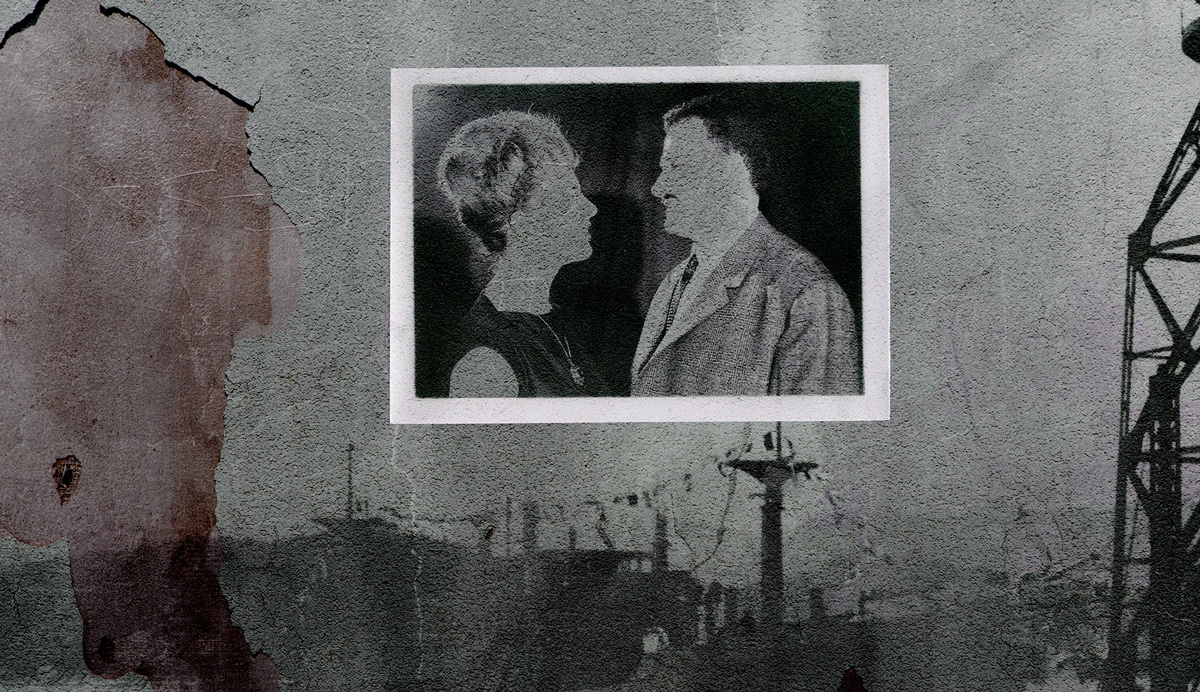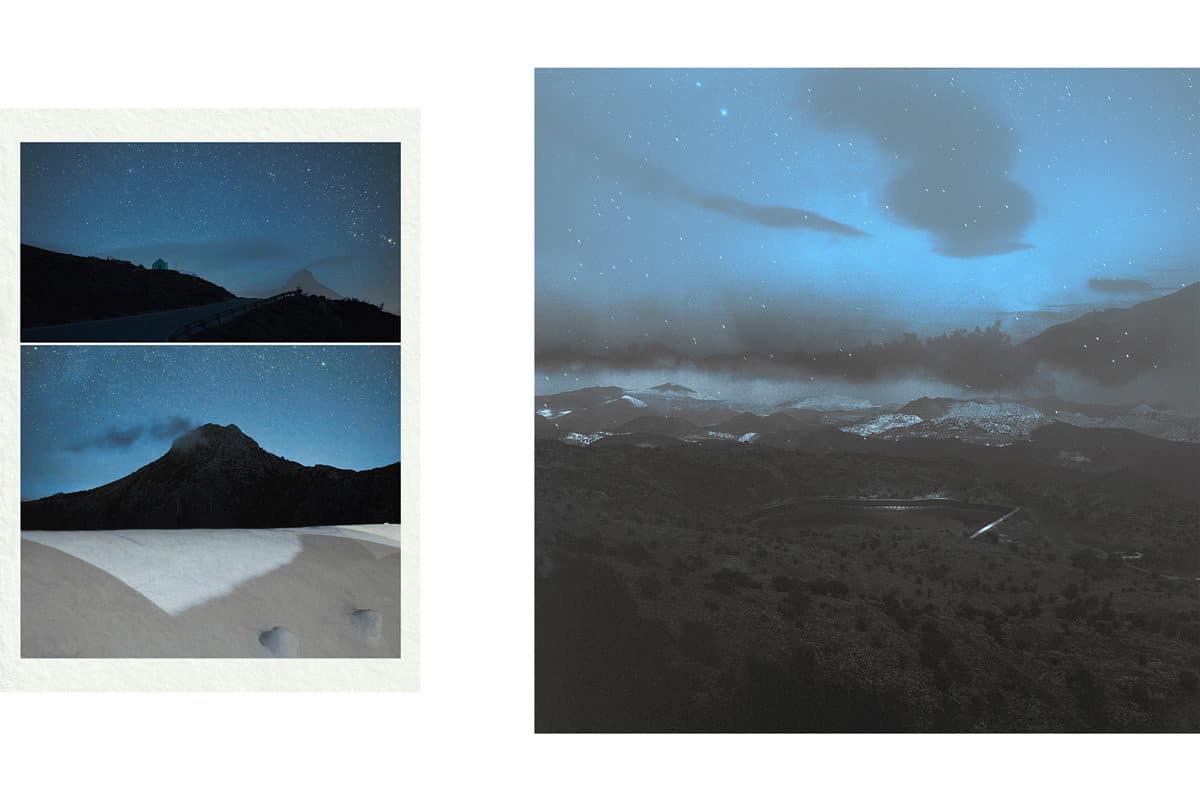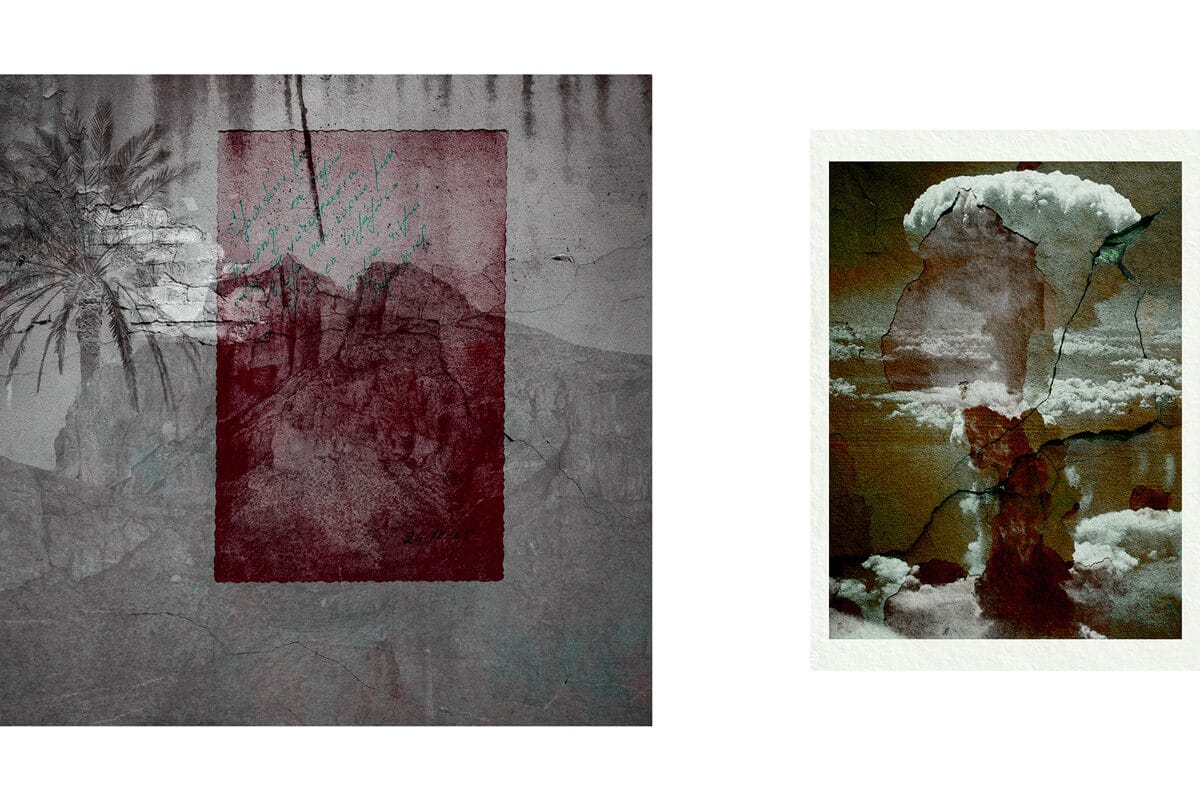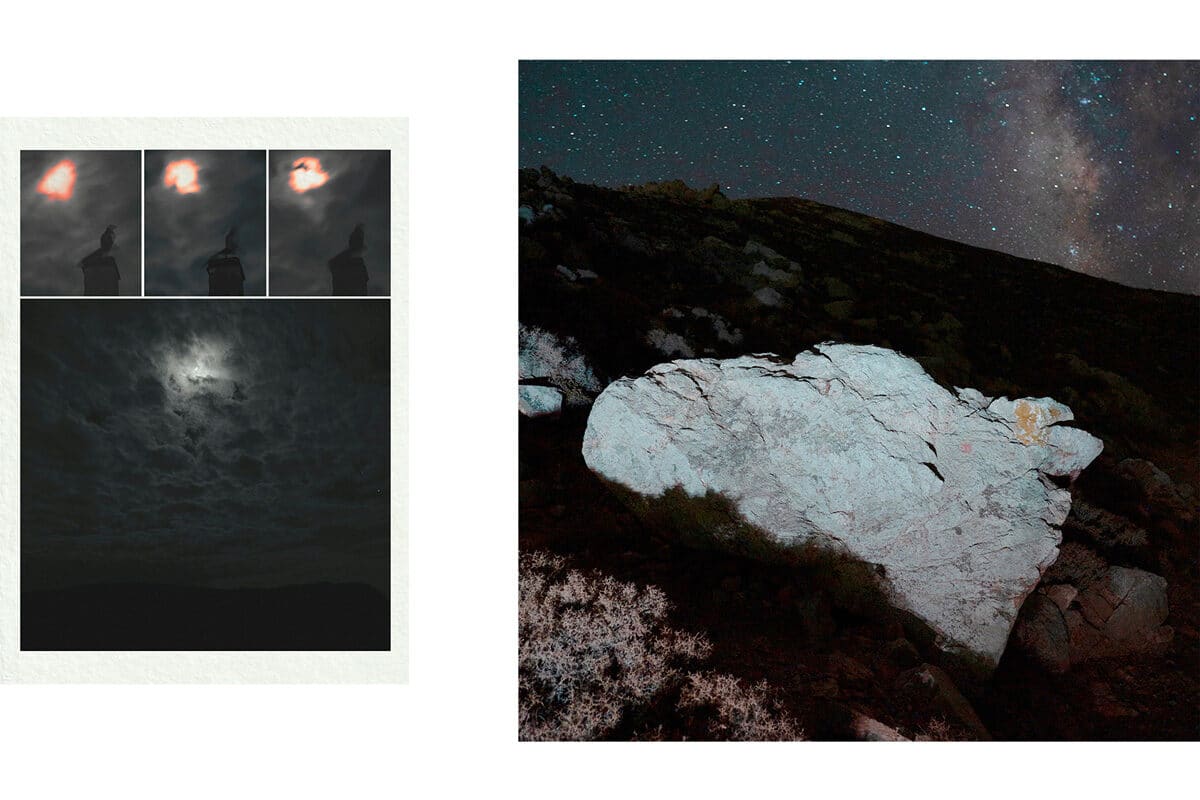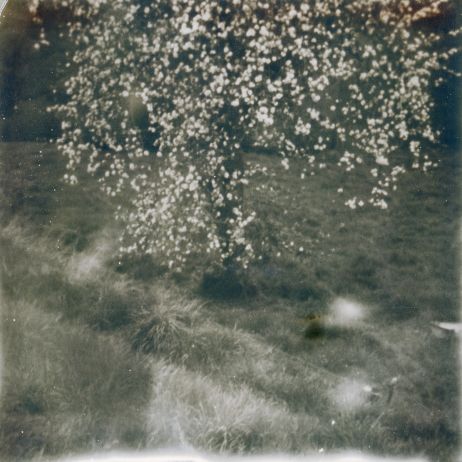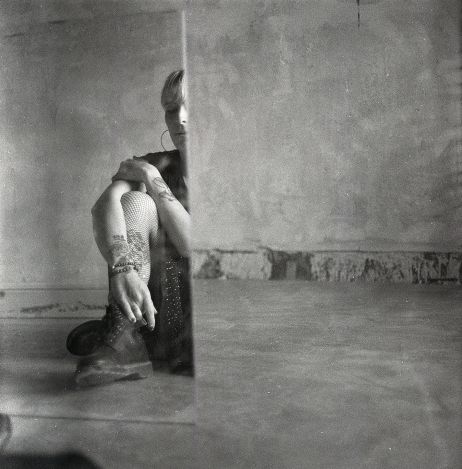Inspired by the epic tale of the Book of Revelation, as well as her own story, Ioanna Sakellaraki followed in her father’s footsteps on the Greek island of Patmos. In The Interval of Unreason, she portrays an apocalyptic territory inhabited by biblical monsters and the manifestations of our most intimate fears.
As a means of mourning her late father, the Greek London-based photographer Ioanna Sakellaraki, went back to her native country a few years ago, looking for an uncertain comfort in her childhood’s beliefs. Rites and cultures that invited the metaphysical, the fictional into her reality. There, she had travelled to the Mani peninsula, where the last traditional communities of professional mourners live. These figures – the common thread of her story – guided her steps, helping her to come to terms with death and its repercussions. The photographer recounted this complex journey in The truth is in the soil, an intimate and haunting series of veiled women – both acting as reassuring silhouettes and allegories of death. The climax of her visual tale? Archival images taken by her father, adorned with her mother’s embroidery. And this is how The Interval of Unreason – the sequel of this first project – begins: with a photograph from 1964, evoking an old romance, in the heart of the island of Patmos. Following in her father’s footsteps, the artist went there for the first time in August 2020. An initial journey that led her to extend her trip, to the point of staying there during the entirety of lockdown.
“Driven by an excessive curiosity and naive intuition, as to what was to be found both within the archive and on the island itself, and while inspired by the scriptural prophecies in the ancient Greek manuscript of the Book of Revelation, I began to create images while in complete isolation and remoteness, seeking to transcribe the transcendence experienced in the kinetic energy of the landscape around me”, Ioanna Sakellaraki tells us. Written by John, a Judeo-Christian author, the last book of the New Testament stands out as an epic tale, crossing literary genres – from epistolary to apocalyptic and prophetic. On the island, John related strange and obscure visions, announcing an imminent end of the world. “The Seven-headed Dragon, the Serpent and the Beast, culminating in the Second Coming of Jesus”, adds the photographer. Inspired by these nightmarish chimeras and the energy of the land, she created a misty universe where stormy clouds and wild landscapes morph into the setting of a mysterious fiction. “The islandic territory became the roaming topography for composing a story ruled by desire, terror and imagination, turning the human figures from the archive into the fugitive characters of a fictional tale”, she says.
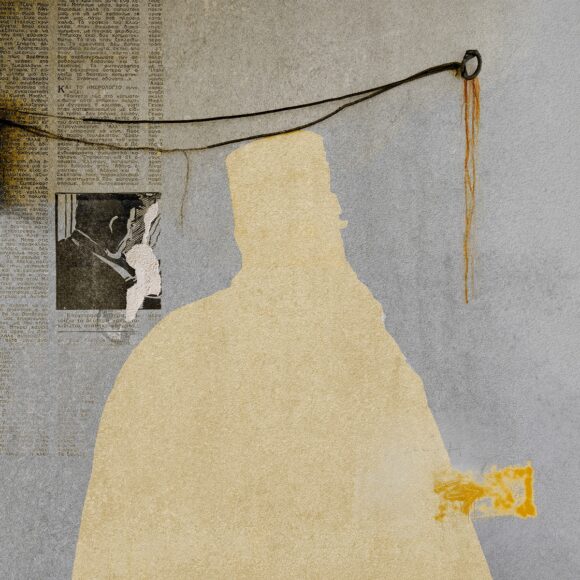
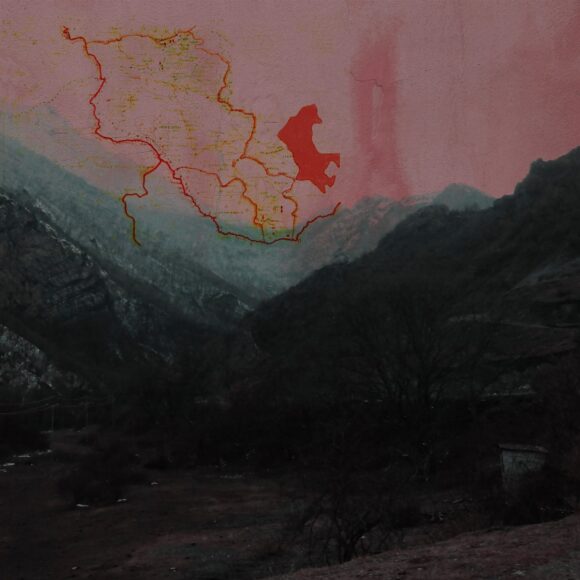
A place where amnesiac memories are recorded
And at the heart of this apocalypse, Ioanna Sakellaraki questions the notions of memory and loss, as well as the role of photography in dealing with these subjects. “I have been looking into how the medium can conjure memories that belong in the fantasy world, and not in lived experience. How it produces images that avoid becoming descriptive and literary but integrate and complement the plot of a story, grasping the complexity and tension to anticipate an artistic vision of reality, a vision that is never far from illusion” the artist explains. In The Interval of Unreason, time and its chronology are no longer important. All that matters is the imperious advance towards the end of existence. Hidden in dark settings, the characters of the epic must transcend temporality if they hope to survive. “In Greek there is a word, ‘Kairos’, expressing the restlessness of temporality; our way of bundling together the perception of the present, the memory of the past and the expectation of the future. My work somehow reanimates this notion in relation to the ‘end’. It’s about this interval, the in-between, an escape”, she says.
How can we continue to move forward when we know that death is inevitable? How do we react to apocalyptic catastrophes? By anchoring her project in a fantastic universe, where our fears and doubts take the form of gigantic monsters, Ioanna Sakellaraki manages to put into images the difficult acceptance of death and its inevitability. From the Book of Revelation, she borrows a horrific mythology, a sense of urgency, a desire to flee – all feelings people may experience after a trauma. Guided by the memory of her father, in the nimbus of a territory oscillating between dream and reality, she invents a dichotomous geography, and borrows from the apocalyptic to better transcribe the pains of the present. At the heart of this “place where amnesiac memories are recorded”, she captures and imprisons grief, taking the time to observe it, to make it her own, in order to prepare for a new beginning – following this “end”. With wisdom, the artist thus dedicates an epic and terribly intimate poem to the land. “In a vortex of clouds, shadows, starry skies and rushing wind, the island turns into a darkling site where the phantoms of imagination, personal loss and historic elegy occupy a transitional zone between the sublime, the cosmic and the solemn”, she concludes.
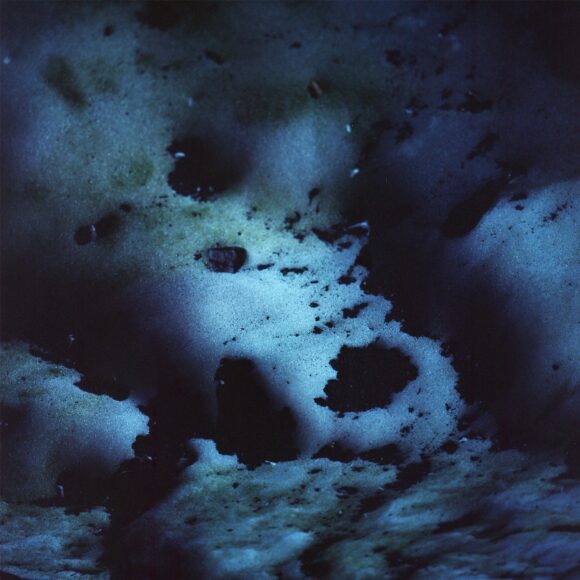
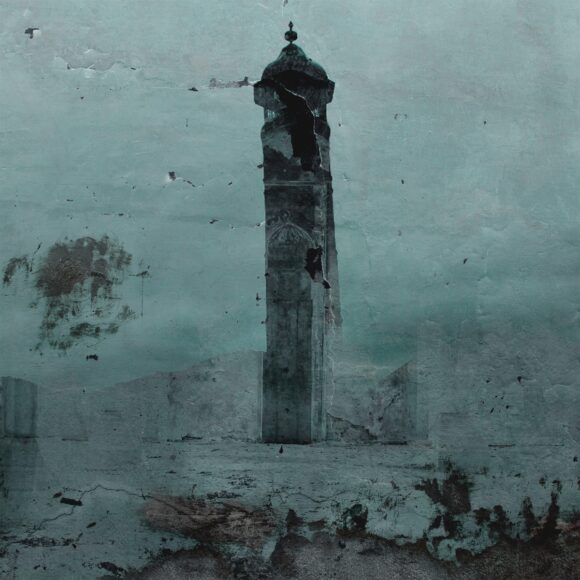
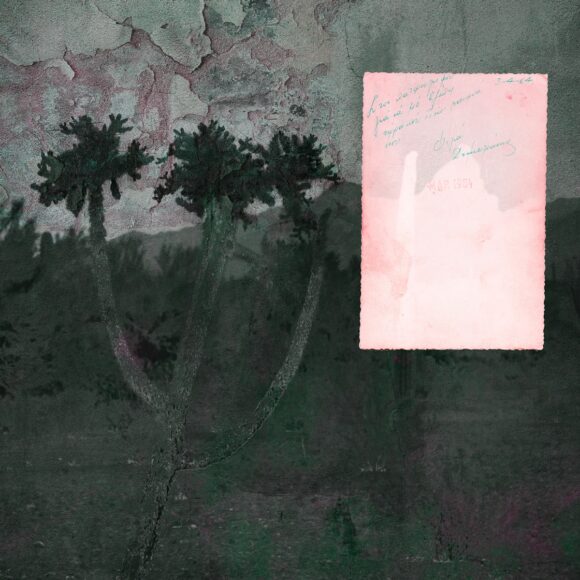

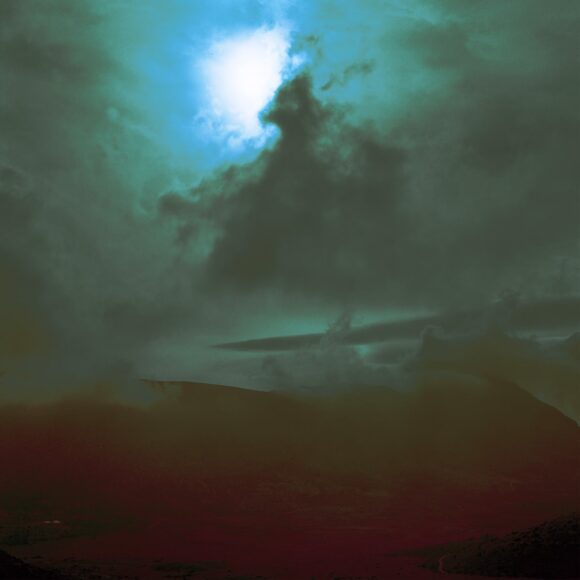
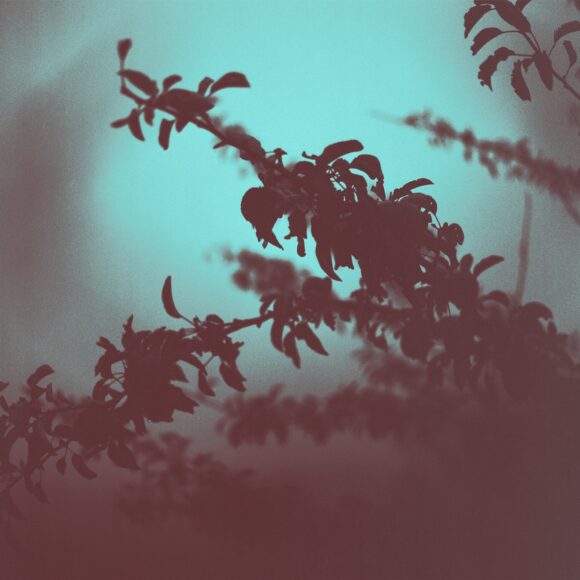
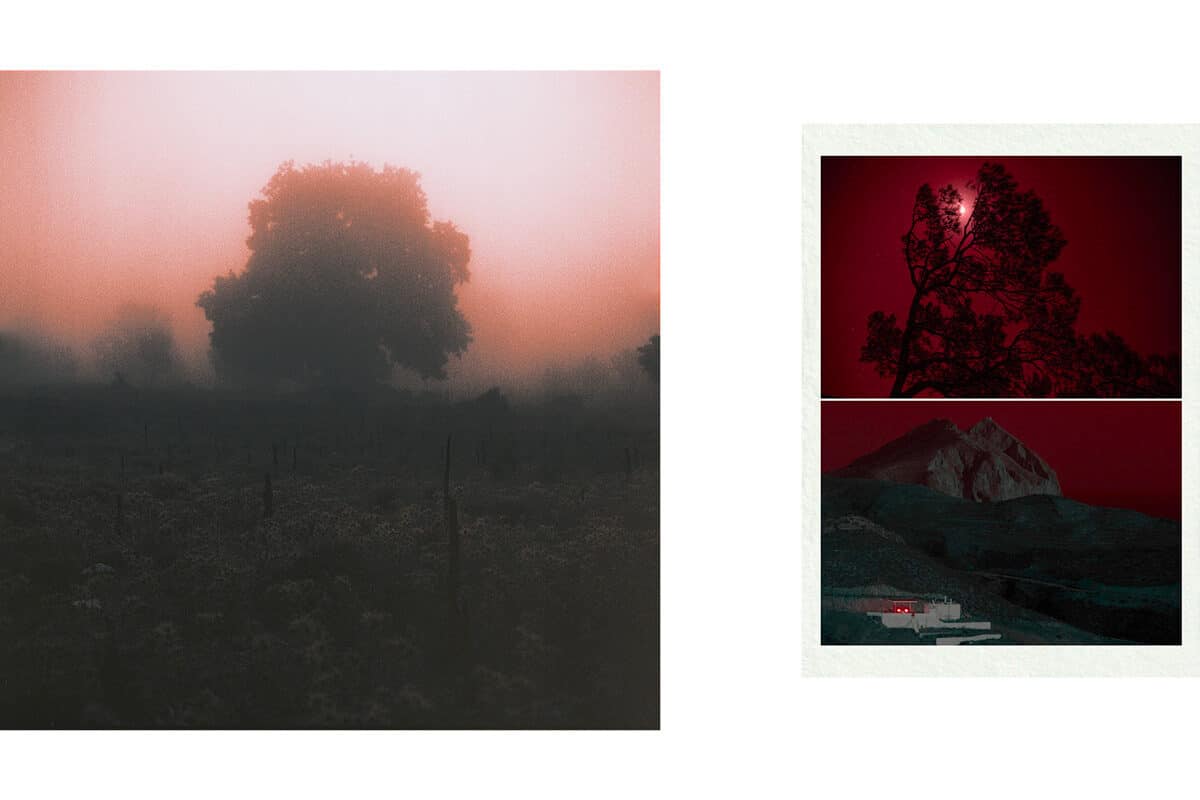
© Ioanna Sakellaraki
